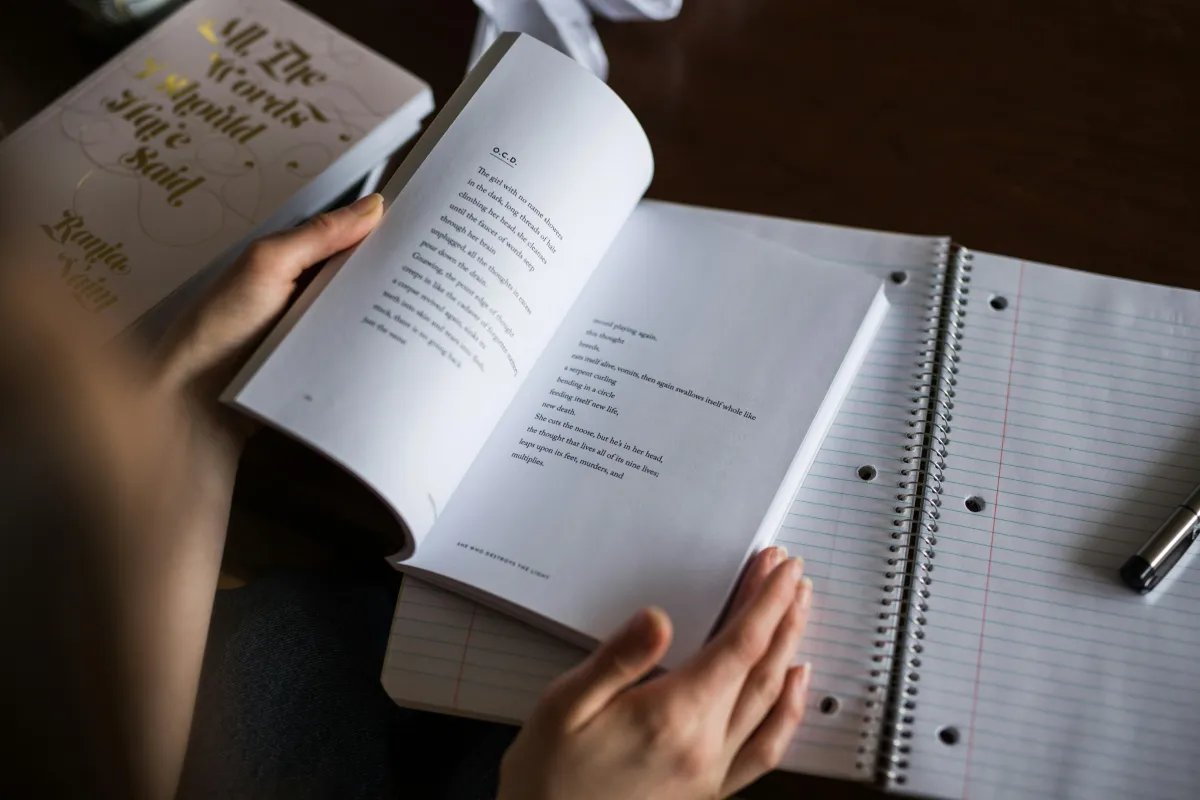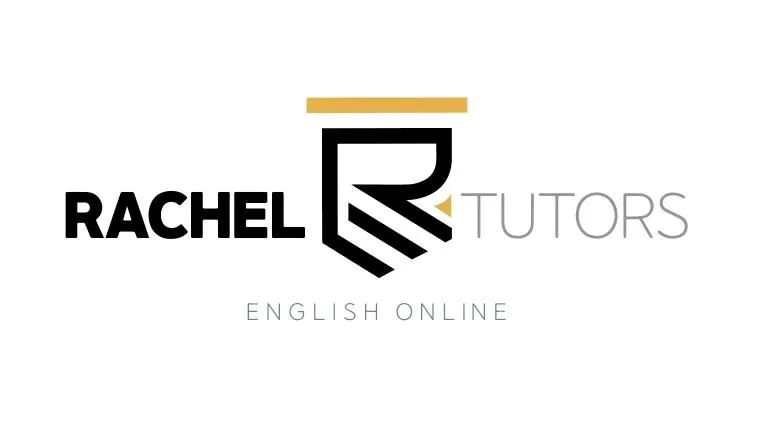Contact Us
Blog

How Are Reading and Writing Connected? A Surprising Insight from ELA Tutoring
Introduction
Some parents come to me asking just for help with their teen’s writing as opposed to general ELA support. What often surprises them is that we spend just as much time reading. That’s because the answer to the question how are reading and writing connected is simple: they grow together. When one skill is weak, the other usually is too.
In Know Better, Do Better: Comprehension, David and Meredith Liben write, “Writing and reading need to coexist… They’re as linked as the breathing cycle” (p.132). This idea is backed by research. Fordham et al. (2002) explain, “Combining writing with reading enhances comprehension, because the two are reciprocal processes. Considering a topic under study and then writing about it requires deeper processing than reading alone entails” (as cited in Liben & Liben, 2024, p.133).
If your teen is struggling in ELA, the answer might not be more writing or more reading. They may need both working together.
Writing Helps Teens Make Sense of What They Read
Many of my students come to me with a common struggle: they cannot clearly explain what they just read. When they start writing about a story—summarizing the plot, analyzing a character, or highlighting a theme—they begin to understand the text more deeply. As Liben & Liben (2024) suggest, “Writing about topics being studied can solidify and deepen learning about the topics” (p.143).
Writing helps them slow down and process their ideas. It pushes them from “I think I get it” to “Here’s the answer and why.”
Reading Helps Teens Become Better Writers
Reading gives teens models of good grammar, strong sentence structure, and how to organize their ideas. The more they read, the better they get at using transitions, supporting their points with evidence, and staying focused in their writing.
Without regular reading, their writing tends to be repetitive and lacks clarity. They struggle to summarize, cite textual evidence, and vary their sentence structure.
Why I Always Link Reading and Writing in Tutoring
Even when parents specifically ask for writing help, I always include reading. My students read short stories or novels and then respond to writing prompts that connect to the reading. These prompts often ask them to reflect, analyze, or explain something from the text. That combination mirrors what they are expected to do in school, not just in English class but in other subjects too.
We also spend time talking about what they read. These conversations help students organize their thinking before they start writing. This leads to both stronger reading comprehension and clearer writing.
A Simple At-Home Strategy
If you want to help your teen at home, ask them to write a short summary of what they read. Just a few sentences can reveal if they understood the text, if they can highlight the most important details of the text, and if they can express their ideas clearly and concisely into writing. Reading and writing should not be taught in isolation; a challenge with one might subtly be pointing to a challenge with the other.
Final Thoughts
How are reading and writing connected? They are two sides of the same coin. Writing strengthens reading comprehension; reading improves writing fluency and structure. If your teen is struggling with one, it is worth taking a closer look at the other.
Want help building both skills together? Contact me to learn how tutoring can support your teen’s growth in reading and writing.

